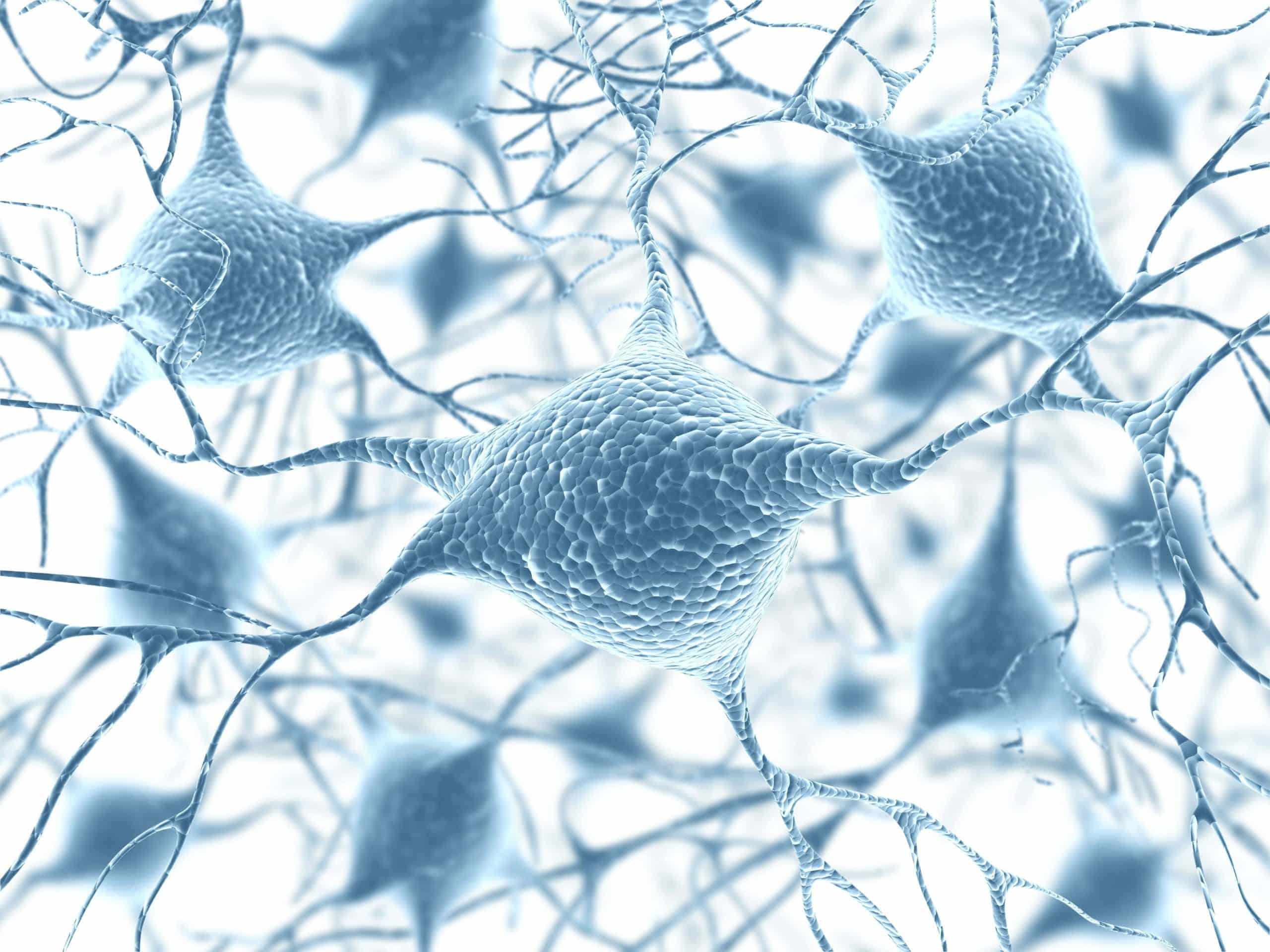New research has identified how cells protect themselves against ‘protein clumps’ known to be the cause of neurodegenerative diseases including Alzheimer’s, Parkinson’s and Huntington’s disease.
The study was done using a custom-built laboratory device that can compress neurons inside 3-D cell cultures while using a powerful microscope to continuously monitor changes in cell structure.
The study, published in Cell, offers an insight into the role of a gene called UBQLN2 and how it helps to remove toxic protein clumps from the body and protect it from disease.
Using biochemistry, cell biology and sophisticated mouse models, the researchers discovered that the main function of UBQLN2 is to help the cell to remove dangerous protein clumps – a role which it performs by first detangling clumps, then shredding them to prevent future tangles.
Protein clumps occur as part of the natural aging process, but are normally detangled and disposed of as a result of the gene UBQLN2. However when this gene mutates, or becomes faulty, it can no longer help the cell to remove these toxic protein clumps, which leads to neurodegenerative disease.
Previous work has shown that when the UBQLN2 gene is faulty, it leads to a neurodegenerative disease called Amyotrophic Lateral Sclerosis with Frontotemporal Dementia (ALS/FTD or motor-neuron disease with dementia). However until this study it was not fully understood why mutation of this gene caused disease.
Now that scientists understand exactly how UBQLN2 works and what it does, they are also able to understand why its mutation appears to be so detrimental to the body.
Indeed they hope that their findings will pave the way for new research into novel treatment options for patients with neurodegenerative diseases.
Source: University of Glasgow

